The Curious Case of Casey Rodarmor and His Impact on Bitcoin
Discover how Casey Rodarmor's innovative Ordinals and Runes protocols are reshaping Bitcoin's ecosystem. Learn about his journey, the impacts of his projects, and his vision for Bitcoin's future in our comprehensive guide.
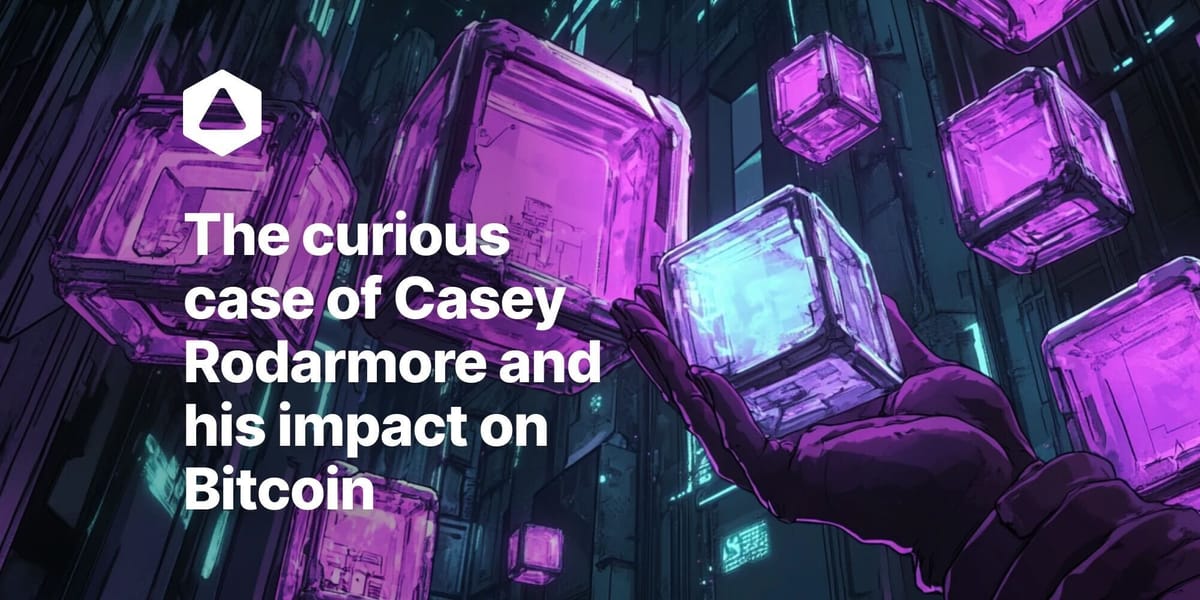
During Consensus 2024, Casey Rodarmor, the creator of the Ordinals and Runes protocols, shared his unique journey and contributions to the Bitcoin ecosystem.
In this article, we delve into his perspectives on his role as a Bitcoin developer, the impact of his projects on Bitcoin's development, and his vision for Bitcoin's future and why this is important for further experimentation on Bitcoin.
Who is Casey Rodarmor?
To start, let's answer the main question - who is Casey Rodarmor? Well, if it weren't for him, there wouldn't be Ordinals and Runes. He has played a significant role in reshaping how people view Bitcoin - that it is not just a currency but more a platform capable of supporting complex applications like NFTs, fungible tokens, and even smart contracts.
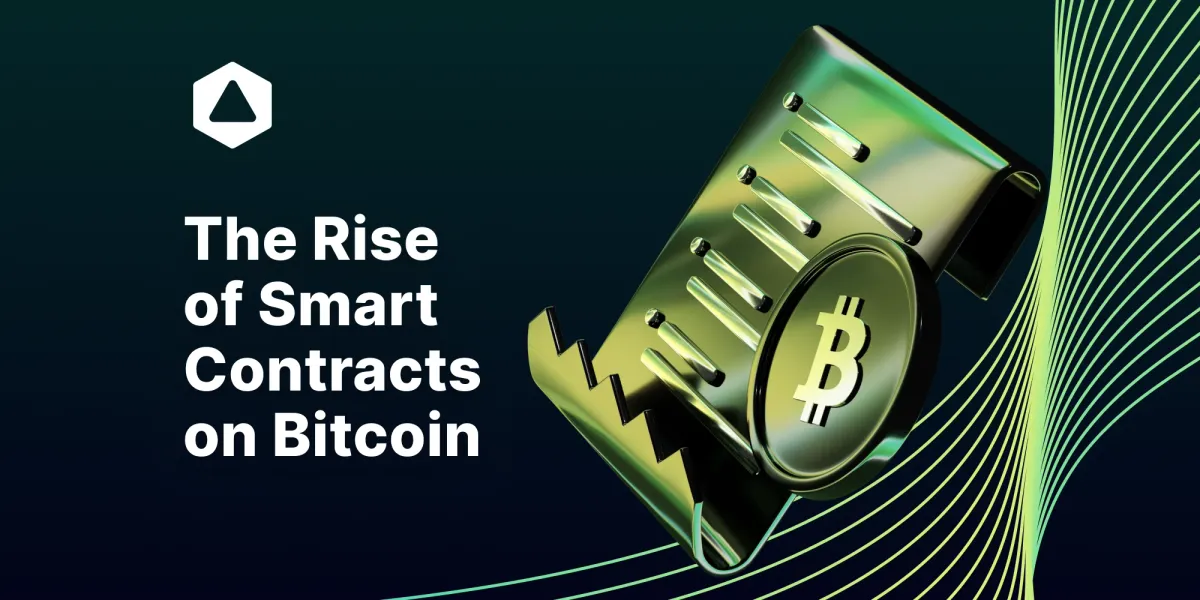
What are Ordinals?
To briefly recap, it was in 2023 that Casey Rodarmor developed the Ordinals protocol. This protocol was designed to handle NFTs on the Bitcoin blockchain - an innovation that allowed digital artifacts to be inscribed directly onto Bitcoin. This provided a new use case for the oldest cryptocurrency. While not entirely new, it was certainly innovative.
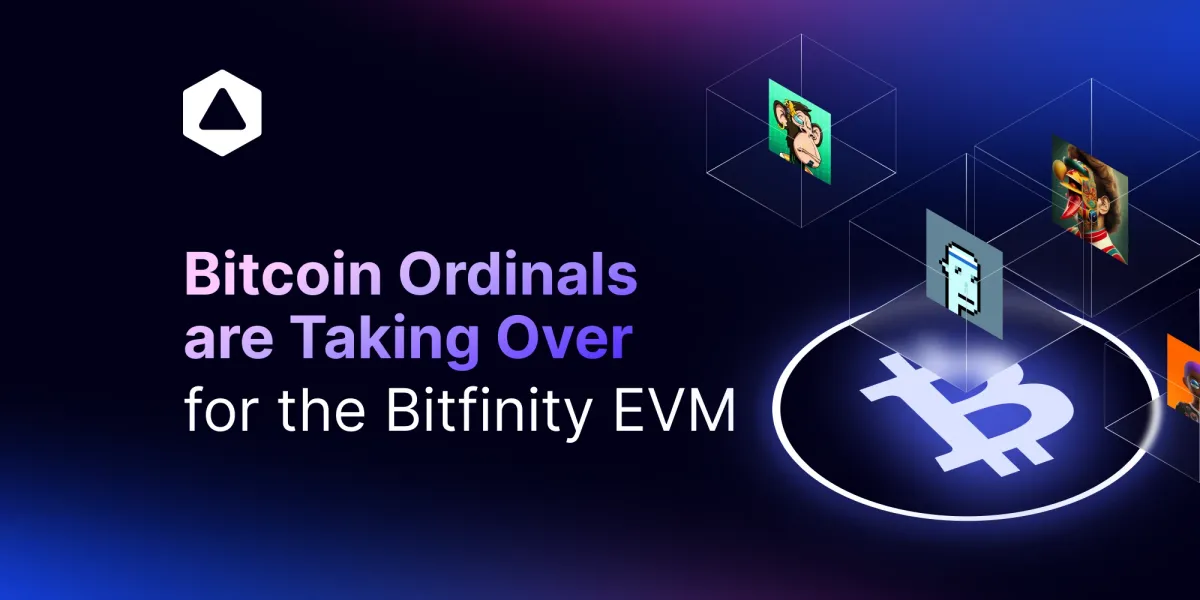
What are Runes?
Following the success of Ordinals, Rodarmor launched Runes in April 2024. A protocol that was introduced to manage fungible tokens and was strategically timed to coincide with the Bitcoin halving event. A move that, according to some, was a brilliant marketing stroke in a period when the crypto community's attention was focused on Bitcoin.
As a protocol designed for creating fungible tokens, not a standalone token themselves, creating a Rune involves making Bitcoin transactions and paying the associated Bitcoin fees. This approach does not attempt to create a new kind of privileged token, but rather functions as a platform for others to develop their tokens.
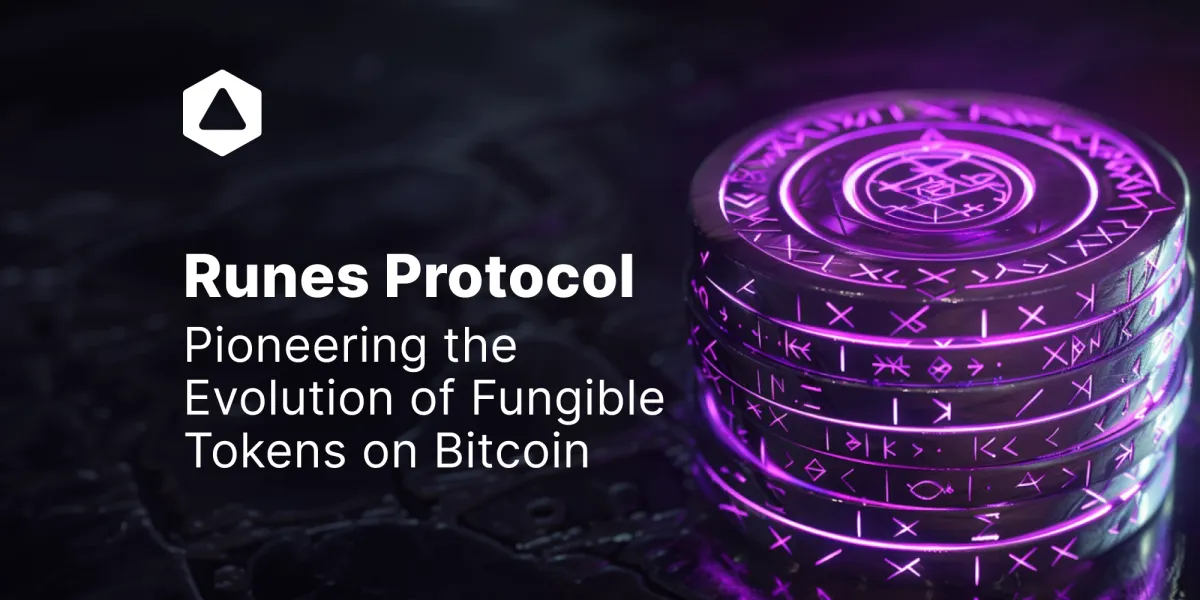
Difference : Inscriptions and Runes
To quickly recap, the contrast between Inscriptions, which are non-fungible tokens (NFTs), meaning each token possesses a unique identity and specific attributes. This makes Inscriptions ideal for applications such as trading cards, collectibles, or digital art, where the individuality of each item adds perceived value.
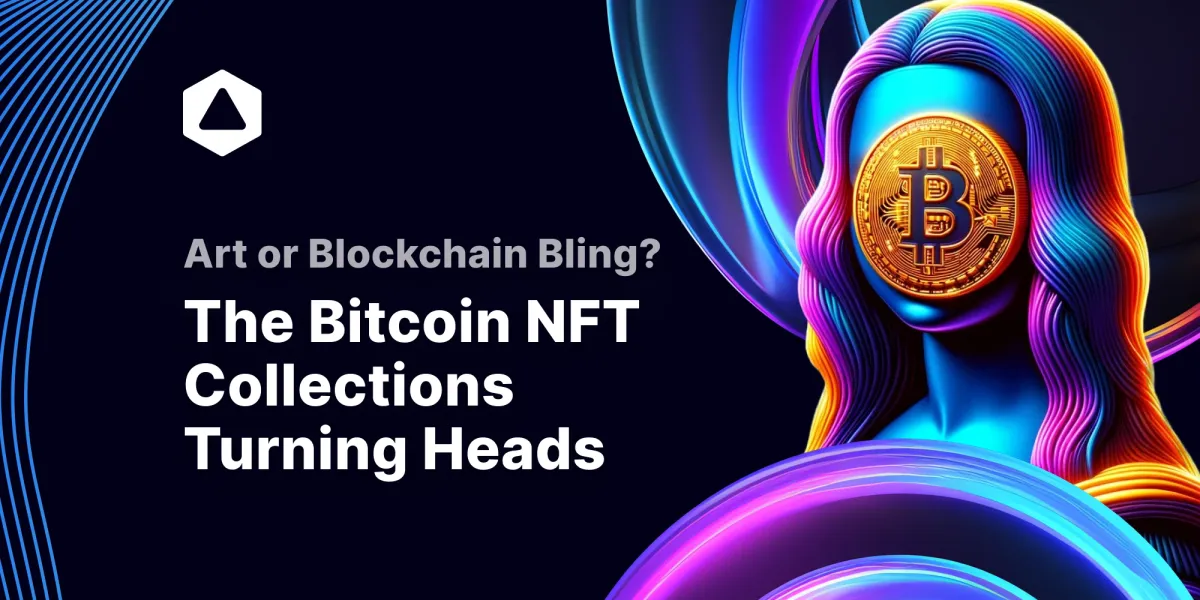
Runes on the other hand, represents a token protocol (based on Bitcoin), that let’s users create/etch fungible tokens, where each unit is identical to another, and individual distinctions are irrelevant. If you possess ten of a specific Rune, the total count is what matters, not which ten you own. This makes Runes more like a fiat currency.
Choosing Bitcoin Over Ethereum
The decision to focus on Bitcoin rather than Ethereum for developing NFTs stemmed from several technical and philosophical reasons, according to Rodarmor.
Bitcoin’s Preferable Approach to Updates
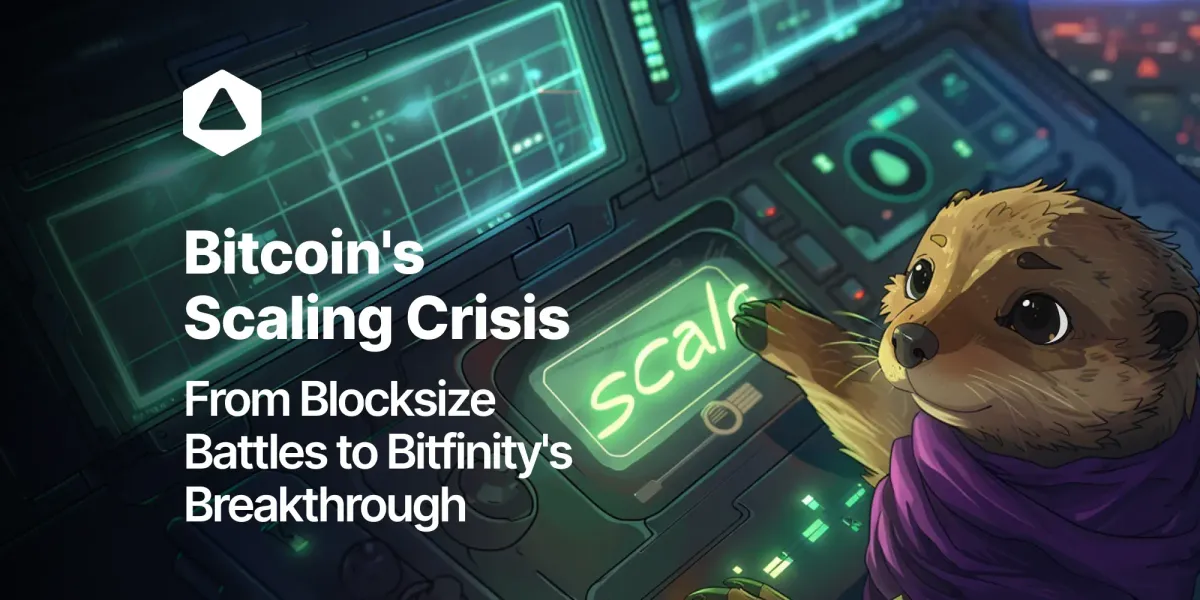
Bitcoin’s method of implementing changes through soft forks allows users to maintain their current software without being forced to upgrade. This is in stark contrast to Ethereum, where not upgrading means being left off the network.
You could say that Ethereum’s approach involves hard forks that mandate users to update if they wish to stay on the network, something similar to using an old phone in modern times. Some just won’t work. You will get left behind if you don’t adapt.
But with Bitcoin this is different. Users have the freedom to opt-in to new features or continue using their existing software without disruption.
‘True’ decentralization vs ‘Fake’ decentralization
He also found the process of creating NFTs on Ethereum more than unhandy, primarily because it required writing a smart contract just to link to a JPEG, and the data was not stored directly on the blockchain but on external servers. So if the servers went down, your ownership rights went with it.
It were these limitations that went in directly into the permissionless crypto ideology that prompted him to develop a solution that would effectively utilize Bitcoin's existing infrastructure.
He sees the real value of Bitcoin for applications such as Ordinals and Runes that add fun but more importantly, utility to the Bitcoin network.
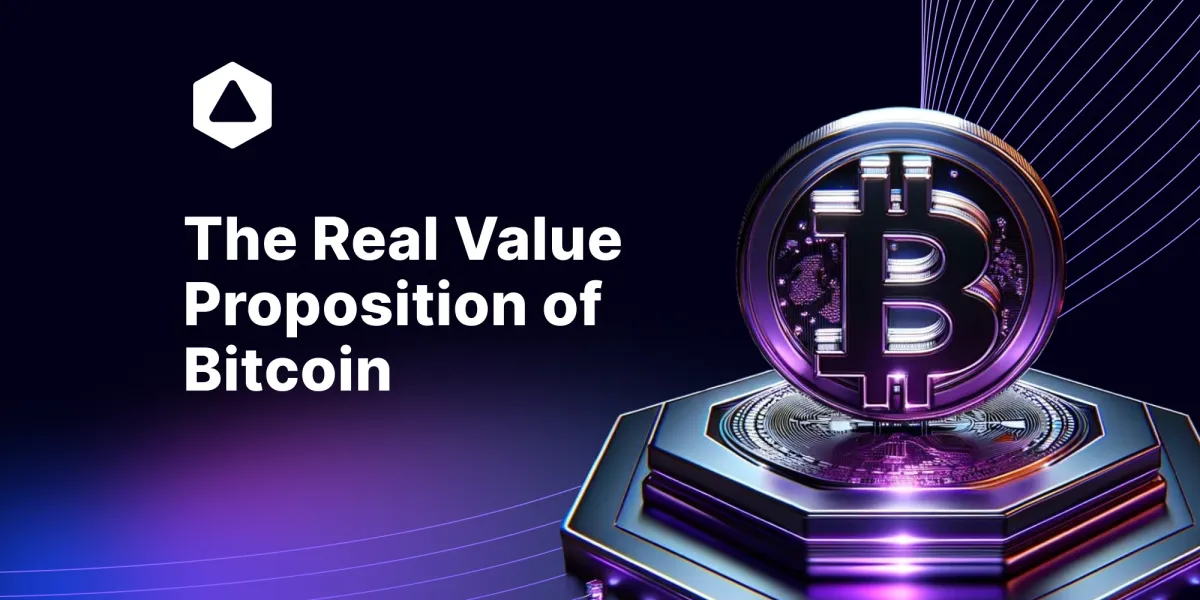
Utility Drives Additional Demand for Bitcoin's Block Space
This utility and the introduction of Ordinals and Inscriptions brought a new wave of users to the Bitcoin network who engage with it in unconventional ways. These users are not just performing simple transfers; they are experimenting with complex transactions, creating unique wallets, and executing on-chain swaps, all within the Bitcoin ecosystem.
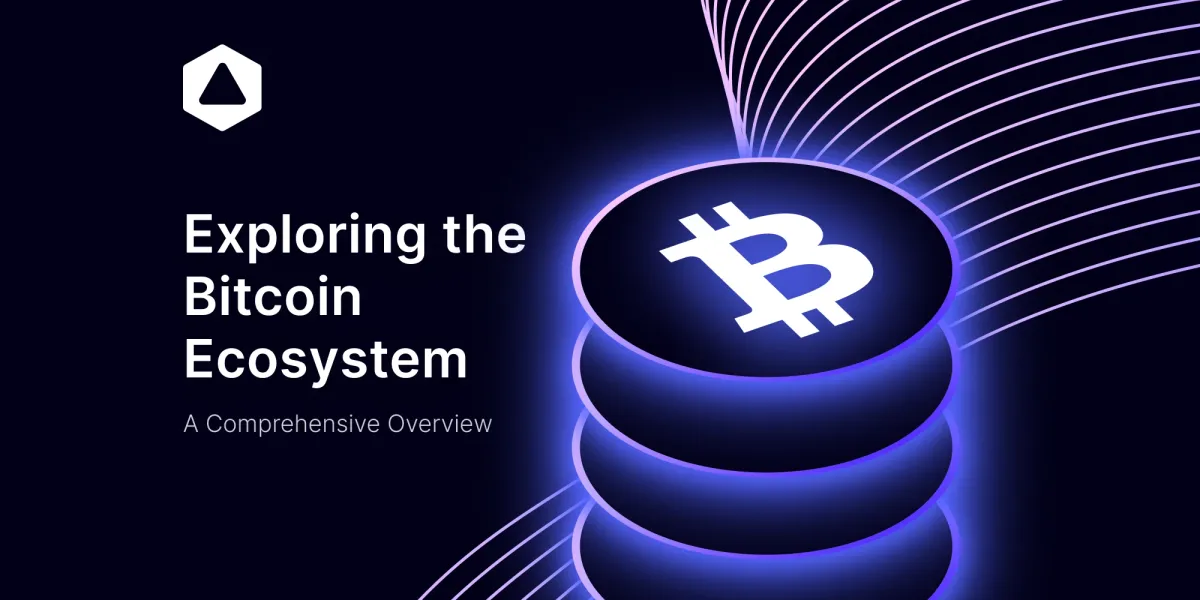
Although Rodarmor argues all sources of demand that increase block space usage and generate fees are beneficial for Bitcoin, many thousands of etchings reinforce Bitcoin's economic foundation and demand for block space as the block reward decreases with each halving. However, over the long run as block rewards decrease, the network must rely on more than transaction fees alone to maintain security.
Increase in Transaction Fees Affecting Bitcoin Users
The rise in transaction fees could theoretically be good, according to him, but to new users it can have a dual effect. On one hand, it signals demand for block space, but on the other hand, higher fees can price out lower-value transactions, which might push away the 'common' bitcoin blockchain users.
It is this that sparks the development of more efficient transaction methods or layer 2 solutions to address Bitcoin's scalability. As Bitfinity is one of the L2 solutions that optimizes transaction practices and started the experimentation process on the oldest blockchain.
Experimentation on Bitcoin Provided by Bitfinity
Many layer 2 solutions are developed to address the scalability issues of Bitcoin at its core, but none utilize Chain Key fusion technology like Bitfinity, which runs exclusively on the Internet Computer.
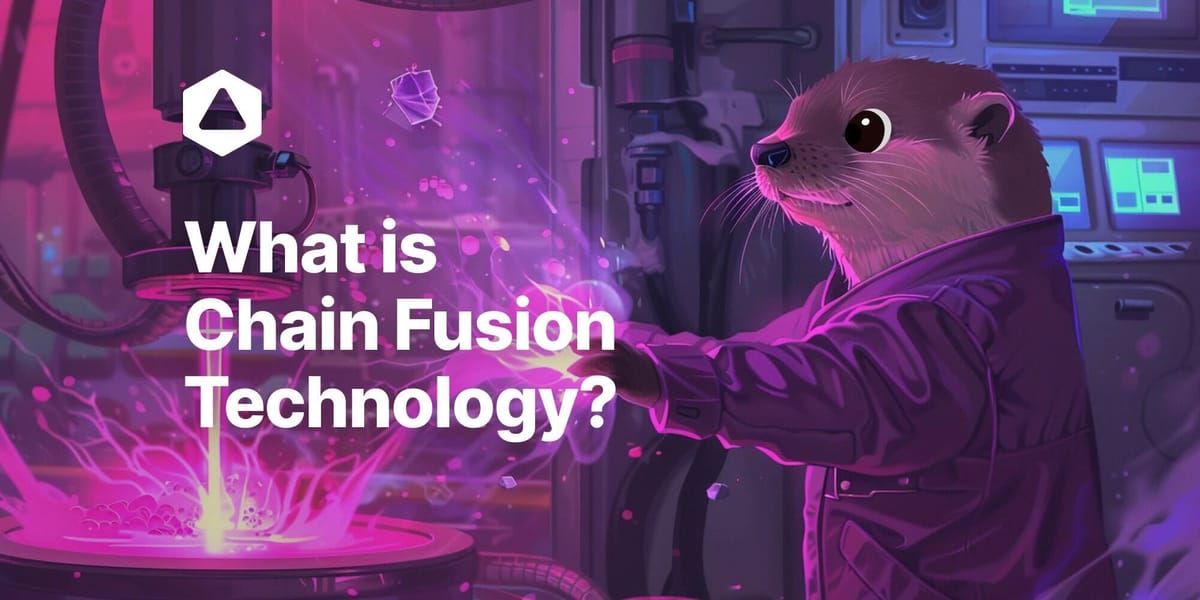
Through this, nodes on ICP can provide canister smart contracts with real-time access to the latest state of the Bitcoin blockchain. This allows them to run queries against the full Bitcoin UTXO set, and the balance of any Bitcoin address, including their addresses, ideal for bridging these new innovations.
So there is an extra incentive for creators or collectors to use Bitfinity, because it scales Bitcoin Ordinals and Runes through the upcoming Ordinal bridge and seeks new avenues for application development connected to Bitcoin.
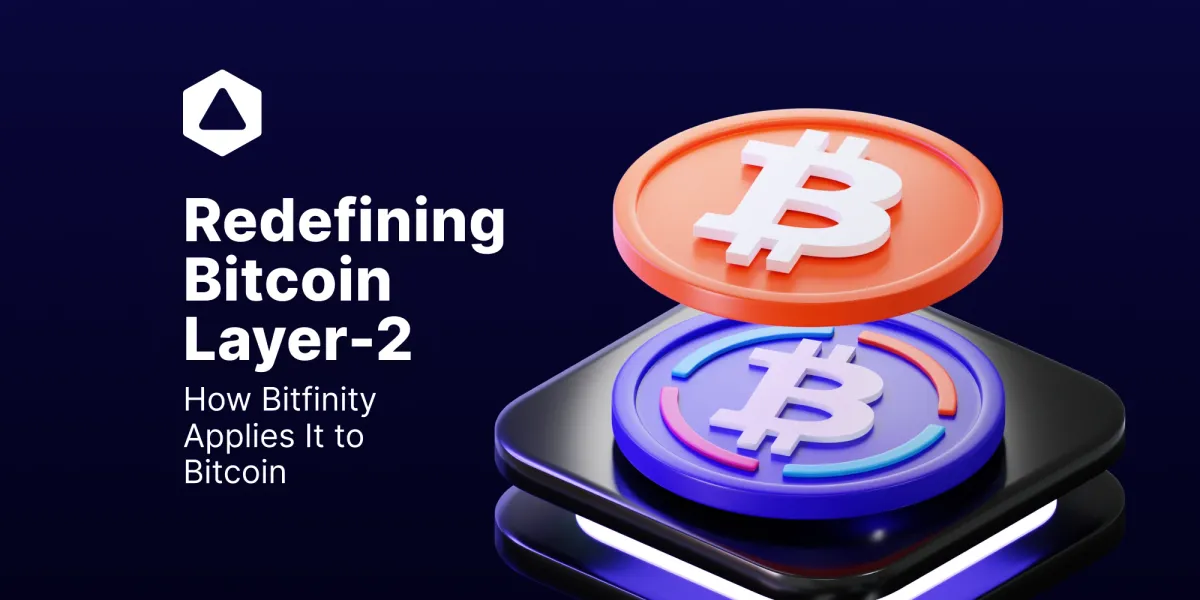
A particular focus on interoperability stands at the forefront of Bitfinity's innovation. By integrating Internet Computer's technology, Bitfinity transcends the traditional barriers between blockchains, creating a synchronized environment where fungible and non fungible tokens can be scaled and minted/ethced as efficiently as they should be, at fractions of costs.
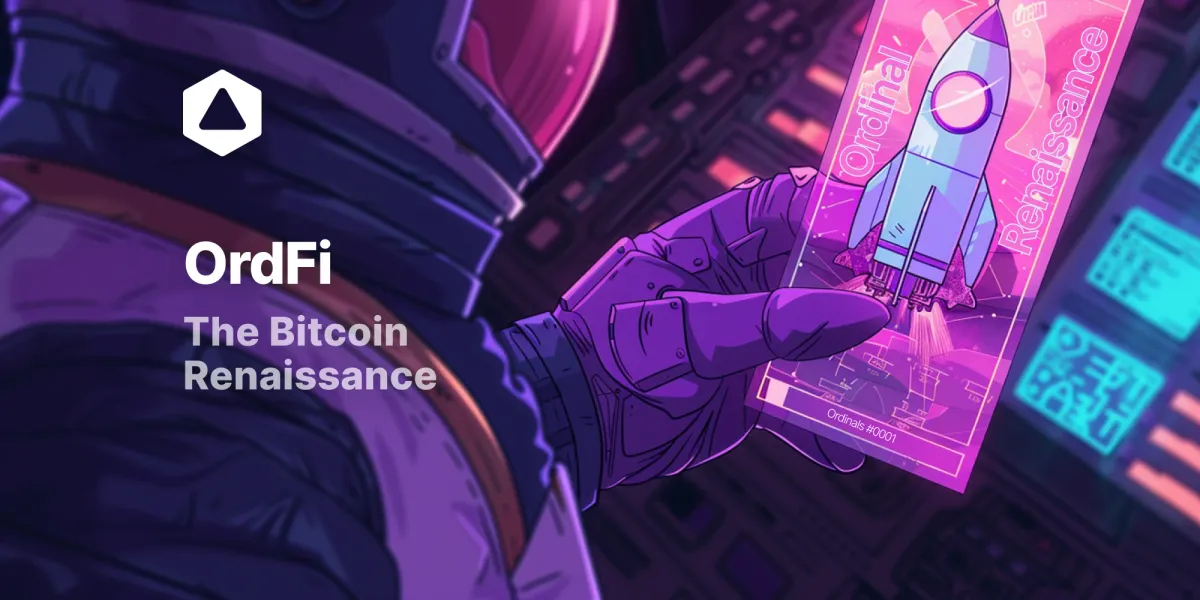
How Can You Learn More About Casey Rodarmor’s Work?
If it weren't for him, this new era of experimentation on Bitcoin and the solutions needing to be created would not exist. For those interested in a deeper dive into Bitcoin and Casey Rodarmor's projects, the "Hell Money Podcast," hosted by Rodarmor and his co-host Aaron Redwing, is highly recommended.
The Hell Money Podcast covers a range of topics from basic Bitcoin education to more niche subjects like Bitcoin astrology - something interesting if you want to learn more about Ordinals and Bitcoin experimentation.
Conclusion
Whether admiring or criticizing him, Casey Rodarmor has played a pioneering role in advancing experimentation and progress on Bitcoin through innovative projects such as Ordinals and Runes. By introducing novel concepts like immutable digital artifacts embedded directly on the Bitcoin ledger, his work has attracted new developers and applications to Bitcoin.
Rodarmor seeks to realize Satoshi's original vision of an open, permissionless network.
Solutions like Bitfinity that support experimentation on Bitcoin in a decentralized manner by bridging Bitcoin and Ethereum smart contracts seamlessly, Bitfinity both unleashes opportunities for developers and users to experiment en masse.

Connect with Bitfinity Network
Bitfinity Wallet | Bitfinity Network | Twitter | Telegram | Discord | Github

*Important Disclaimer: The information on this website is provided for general informational purposes only and should not be considered financial advice. While we strive for accuracy, Bitfinity does not endorse and is not responsible for any errors or omissions or for results obtained from the use of this information. Views expressed herein may not reflect those of Bitfinity. External links are provided for convenience and verification of information is recommended before taking any actions based on content found here.







Comments ()